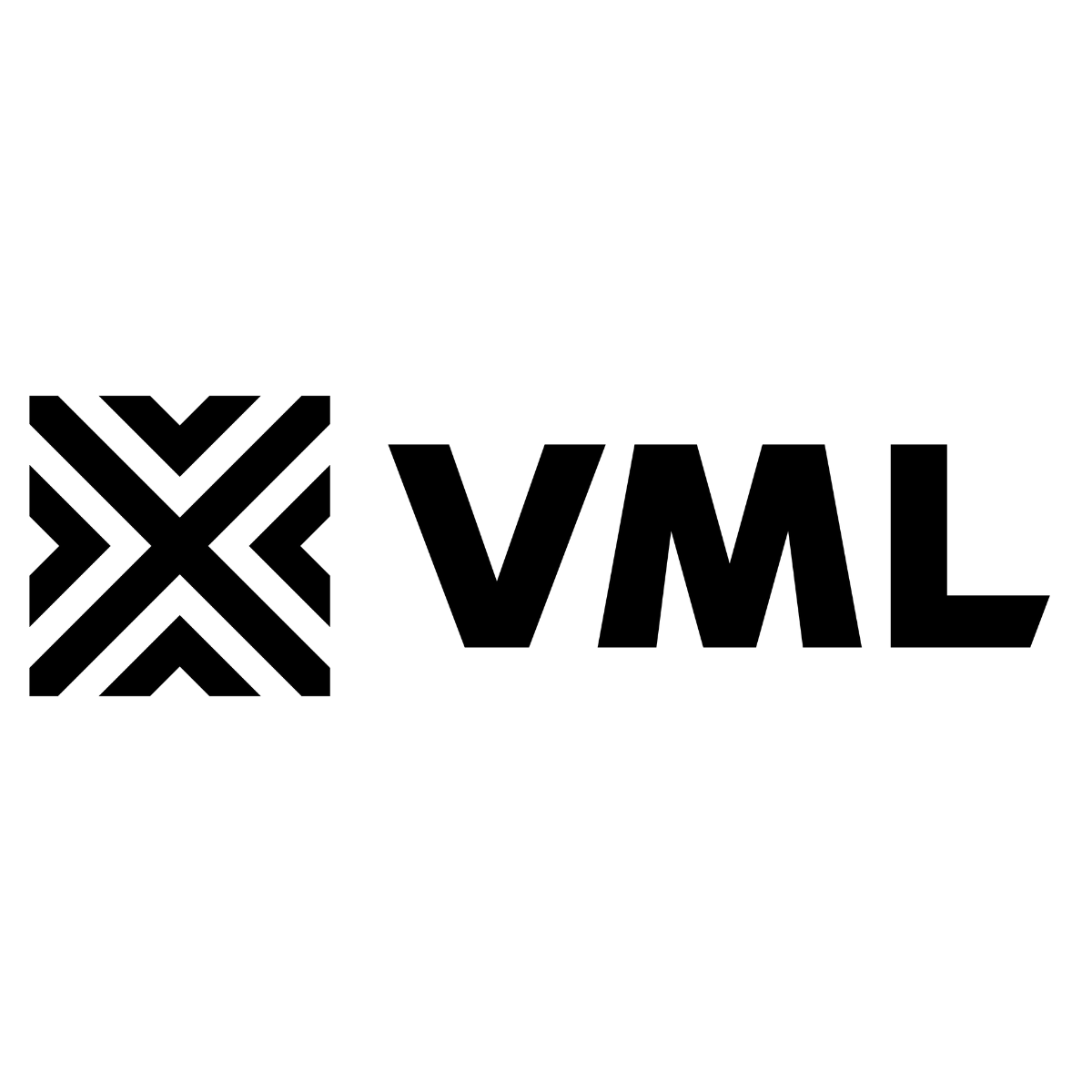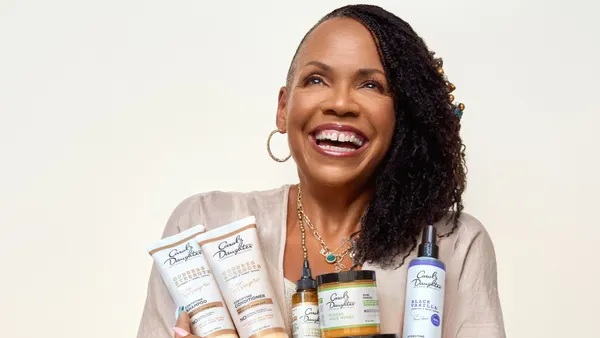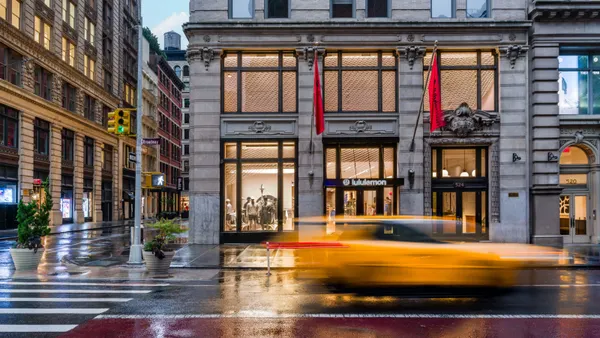Dive Brief:
-
Amazon is piloting a delivery service aimed at boosting the number of goods eligible for its Prime free two-day delivery and to free up space in its warehouses, Bloomberg reports, citing unnamed sources.
-
The system, dubbed "Seller Flex," involves delivery directly from third-party warehouses, according to the report.
-
Amazon has instituted the system in India, where it is among the biggest e-commerce players, and is now testing it on the West Coast in the U.S., Bloomberg’s sources said. A request for comment from Retail Dive to Amazon wasn’t immediately returned.
Dive Insight:
Delivery costs and warehouse space are two major sources of frustration for Amazon. There were signs last year that space for third-party Marketplace sellers was at a premium during the holidays, when Amazon reportedly took some Draconian steps, including earlier cutoff dates, to relieve congestion. Meanwhile, bypassing third-party shippers like United Parcel Service and FedEx could save Amazon $1.1 billion annually, Citigroup analysts said last year. That translates to savings of $3 or more on a typical delivery, which now costs $7.81 on average.
For years now, speculation about Amazon’s delivery ambitions have swirled, with some analysts predicting that, beyond solving its own internal logistics problems, it could be an Amazon business unto itself.
"Among other opportunities, Amazon has 'powerhouse potential' in the large transportation and logistics market, dominated by global enterprises such as DHL and UPS," according to an Oct. 19 report from Baird Equity Research. "Our assessment of Amazon's broadening fulfillment ecosystem, internal domain expertise and early initiatives with Prime Now to offer third-party delivery suggests there is evidence Amazon may ultimately pursue more comprehensive third-party services."
Amazon’s shipping and fulfillment costs are growing faster than its revenue, but so far the company has focused on making moves to optimize those operations. Amazon’s efforts include an Uber-like crowdsourced ground delivery network it calls Amazon Flex, the purchase of thousands of semitrailers and, of course, drones. Last year, the company unveiled its first Prime Air-branded cargo aircraft in an inaugural flight during Seattle’s annual Seafair Air Show.
FedEx has consistently dismissed the notion that Amazon is a threat to its business. Indeed, even if Amazon develops its own delivery service, FedEx and UPS would have plenty of businesses, even in retail, to serve. Others concur: RBC Capital Markets analyst Mark Mahoney noted that Amazon’s shipping and fulfillment costs continue to rise faster than its sales. "All in, we believe it is likely Amazon will make a concerted effort to take over ever larger portions of its supply chain," he said in a report earlier this year. "However, a full-blown Amazon parcel delivery operation would likely take years to complete, so we believe [FedEx] and UPS would have time to react."
Still, experts have told Retail Dive that Amazon’s shipping services could indeed rise, much like its cloud services have, to serve third parties. While Amazon built its Amazon Web Services unit to serve its own needs at first, it developed the platform with the idea of providing services to outside parties. Entities from Netflix and the U.S. Central Intelligence Service now employ its services.
"They’ve built this enormous platform that enables them to service customers with this logistics network — inventories they own, inventories they hold and inventories they direct," Mark Cohen, professor of retail studies at Columbia University, told Retail Dive last year. "[A]t the end of the day, there’s a lot more to Amazon than just this tremendous array of merchandise."














